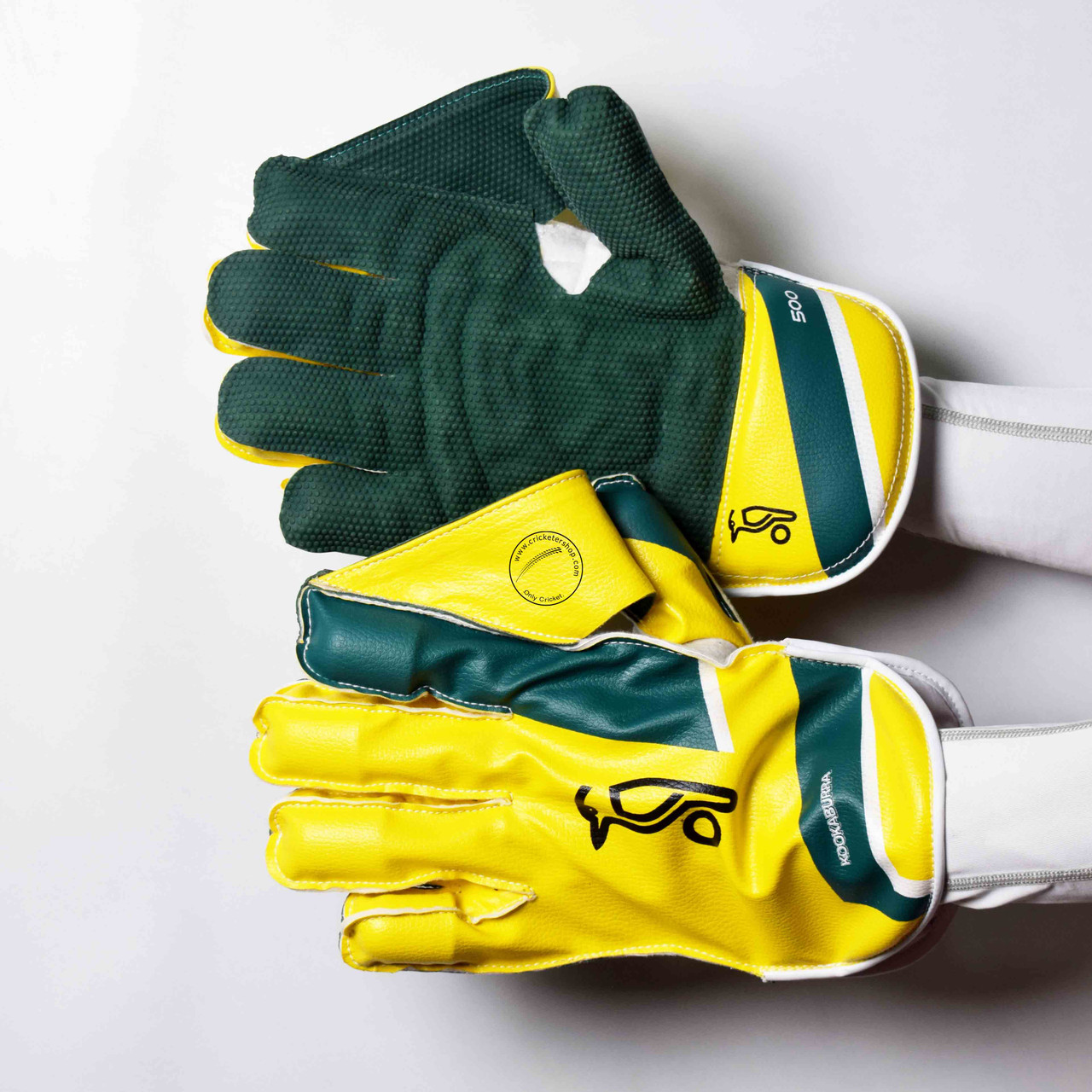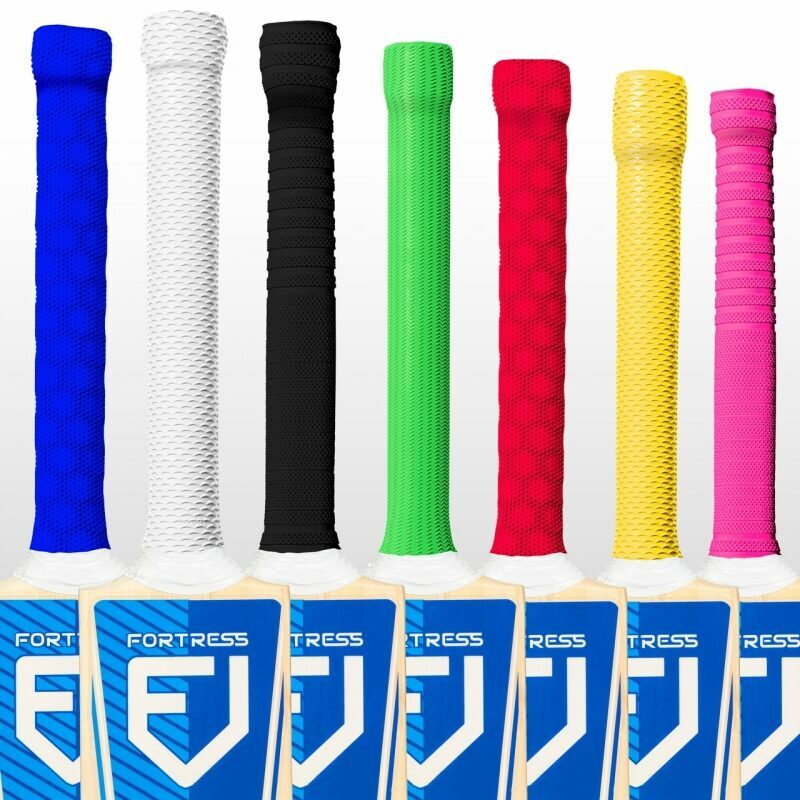Wicket Keeping Gloves
Wicket-keeping is one of the most challenging roles in cricket, requiring a unique combination of agility, reflexes, and endurance. The wicket-keeper is often the unsung hero behind the stumps, involved in nearly every delivery, ready to catch, stump, or run out the batsman. To perform these duties effectively, a wicket-keeper relies on a crucial piece of equipment: the Wicket Keeping Gloves. In this comprehensive blog post, we’ll explore everything you need to know about wicket-keeping gloves, including their design, materials, types, and how to choose the right pair.
What Are Wicket-Keeping Gloves?
Wicket-keeping gloves are specialized gloves worn by wicket-keepers to protect their hands and enhance their ability to catch and hold onto the cricket ball. These gloves are distinct from batting or fielding gloves, with unique features designed to absorb impact, provide a secure grip, and offer flexibility for quick movements. The gloves have webbing between the thumb and index finger, which helps in catching the ball, especially when it comes at high speeds.
The Anatomy of Wicket-Keeping Gloves
Understanding the different components of wicket-keeping gloves is essential for selecting the right pair. Here’s a breakdown of the key elements:
- Cuff: The cuff is the part of the glove that extends over the wrist. It provides additional protection and helps keep the glove secure during play. Some gloves come with an extended cuff for extra wrist protection, while others have a shorter cuff for greater flexibility.
- Palm: The palm area of the glove is padded and usually made from leather or synthetic materials. It is designed to absorb the impact of the ball, reducing the risk of injury. The palm is often textured to improve grip, ensuring the ball doesn’t slip out of the keeper’s hands.
- Finger Stalls: These are the sections of the glove that cover the fingers. The finger stalls are padded and reinforced to protect the fingers from the impact of the ball. High-quality gloves often have additional padding on the fingertips for extra protection.
- Backhand: The backhand area of the glove is also padded and often includes ventilation features to keep the hands cool and dry during long innings.
- Webbing: The webbing is the piece of material that connects the thumb and index finger. This is a crucial feature in wicket-keeping gloves, as it helps in catching the ball, particularly during difficult catches or when the ball is moving at high speeds.
- Thumb Guard: Many wicket-keeping gloves come with a thumb guard, which is an extra layer of padding around the thumb area. This feature is particularly important for protecting the thumb from injuries, which are common among wicket-keepers.
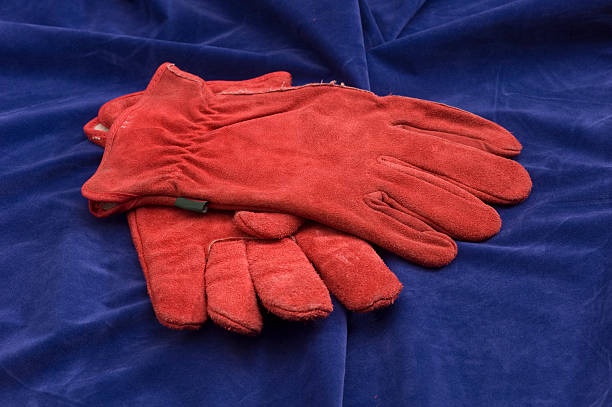
Materials Used in Wicket-Keeping Gloves
The materials used in wicket-keeping gloves significantly impact their performance, comfort, and durability. Here’s a look at the most common materials:
- Leather: High-quality wicket-keeping gloves are often made from premium leather, such as Pittards leather, known for its durability and excellent grip. Leather gloves are breathable, providing comfort during long hours on the field.
- Synthetic Materials: Some gloves use synthetic materials like PU (polyurethane) for the palm and backhand. These materials are lightweight, durable, and more affordable than leather. Synthetic gloves also offer good water resistance, making them suitable for playing in wet conditions.
- Rubber and Foam: The padding inside the gloves is usually made from high-density foam or rubber. This padding is essential for shock absorption, protecting the hands from the impact of fast deliveries.
- Cotton and Mesh: To enhance ventilation and comfort, some parts of the glove, especially the backhand, may include cotton or mesh materials. These materials allow air circulation, preventing the hands from becoming sweaty and uncomfortable during play.
Types of Wicket-Keeping Gloves
There are different types of wicket-keeping gloves available, each catering to specific needs and preferences:
- Traditional Gloves: These gloves have a classic design with a focus on protection and durability. They are typically made from high-quality leather and offer substantial padding, making them ideal for long innings and heavy use.
- Modern Gloves: Modern wicket-keeping gloves incorporate advanced materials and design elements for improved flexibility, lightweight feel, and enhanced grip. These gloves are often preferred by professional players who need a balance of protection and performance.
- Youth Gloves: Designed for younger players, youth wicket-keeping gloves are smaller in size and often lighter. They provide adequate protection while being comfortable for smaller hands.
- Training Gloves: Training gloves are designed specifically for practice sessions. They may have extra padding and reinforced areas to withstand repeated impact during drills.

How to Choose the Right Wicket-Keeping Gloves
Selecting the right wicket-keeping gloves is crucial for performance and protection. Here are some factors to consider when making your choice:
- Size: The gloves should fit snugly but not too tight. A proper fit ensures better control and comfort. Most brands offer gloves in various sizes, so it’s important to try them on or refer to sizing charts.
- Padding: Adequate padding is essential for protection. Look for gloves with high-density foam or rubber padding in the palms and fingers, especially if you’re dealing with fast bowlers.
- Grip: The palm of the gloves should provide a secure grip, even in wet conditions. Leather palms are excellent for grip, but some synthetic materials can also offer a good hold.
- Durability: Consider the materials used in the gloves and how well they are constructed. Leather gloves tend to be more durable, but high-quality synthetic gloves can also offer long-lasting performance.
- Ventilation: To prevent your hands from becoming sweaty and uncomfortable, choose gloves with good ventilation features, such as mesh panels or moisture-wicking liners.
- Price: Wicket-keeping gloves come in a wide range of prices. While it’s tempting to go for the cheapest option, investing in a quality pair can make a significant difference in performance and longevity.
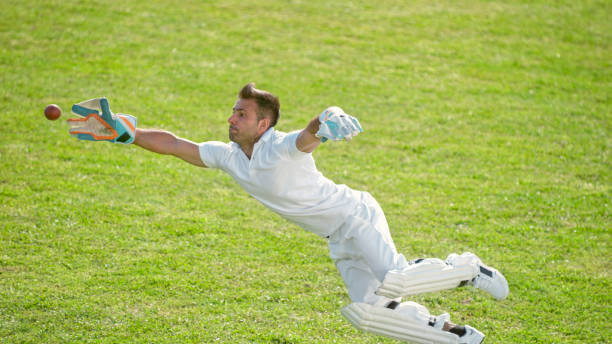
Maintenance and Care
Proper maintenance of wicket-keeping gloves ensures they last longer and perform well. Here are some tips:
- Cleaning: After each game or practice session, clean the gloves with a damp cloth to remove dirt and sweat. Avoid using harsh chemicals or soaking the gloves in water.
- Drying: Always air-dry your gloves naturally. Avoid placing them in direct sunlight or using a dryer, as this can damage the materials.
- Storage: Store your gloves in a cool, dry place when not in use. Keeping them in a cricket bag with adequate ventilation can prevent moisture buildup and the growth of mold.
- Conditioning: Leather gloves may need conditioning with a specialized leather conditioner to keep them supple and prevent cracking.
Conclusion
Wicket-keeping gloves are an essential piece of equipment for any wicket-keeper, providing the necessary protection and grip to excel behind the stumps. By understanding the different materials, types, and features of these gloves, you can make an informed choice that suits your playing style and needs. Whether you’re a professional cricketer or a passionate amateur, the right pair of wicket-keeping gloves can significantly enhance your performance and enjoyment of the game.
Top 5 Wicket-Keeping Gloves: Detailed Review with Prices
Wicket-keeping gloves are a vital part of a wicket-keeper’s gear, providing the necessary protection and grip required to excel behind the stumps. Choosing the right pair of gloves can make a significant difference in performance. In this article, we review the top 5 wicket-keeping gloves, highlighting their features, benefits, and pricing to help you make an informed decision.
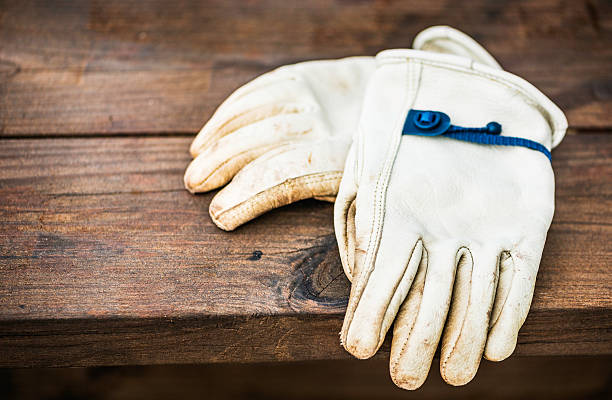
1. SG Hilite Wicket-Keeping Gloves
Price: $70 – $80
Key Features:
- Premium Leather Construction: Made from high-quality leather, offering durability and a superior feel.
- Mesh Inserts: Enhances breathability, keeping your hands cool and dry during long matches.
- Padded Cuffs: Provides extra protection and comfort around the wrist area.
- Toweled Inner Lining: Absorbs sweat effectively, ensuring a secure grip on the ball.
Why It Stands Out: The SG Hilite is a top choice for professional and serious amateur wicket-keepers. The premium leather construction ensures longevity, while the combination of comfort features like mesh inserts and padded cuffs make it ideal for extended periods of play.
Ideal For: Advanced players and professionals looking for high-quality, durable gloves with excellent grip and protection.
2. Kookaburra 500 Wicket-Keeping Gloves
Price: $60 – $70
Key Features:
- Kangaroo Leather Palm: Known for its softness and strength, offering exceptional grip and durability.
- Square Cuffs: Provides a traditional feel and improved control.
- Finger Protection: Reinforced finger padding to protect against fast deliveries.
- Ergonomic Design: Designed for a snug fit, allowing maximum flexibility and movement.
Why It Stands Out: Kookaburra is a trusted name in cricket, and the 500 Wicket-Keeping Gloves live up to the brand’s reputation. The use of kangaroo leather in the palms provides a soft yet firm grip, making it easier to catch and hold the ball even in wet conditions.
Ideal For: Intermediate to advanced players who need reliable gloves that offer excellent grip and protection.
3. Puma evoSPEED Wicket-Keeping Gloves
Price: $55 – $65
Key Features:
- Premium PU Backhand: Offers durability and a sleek look.
- Textured Palm for Grip: Specially designed palm texture enhances grip in all weather conditions.
- Lightweight Design: Ideal for wicket-keepers who prefer quick movements.
- Flexible Webbing: The thumb and index finger are connected by flexible webbing, increasing the catching area.
Why It Stands Out: The Puma evoSPEED gloves are known for their lightweight design and flexibility, making them perfect for wicket-keepers who rely on speed and agility. The textured palm ensures a firm grip, while the PU backhand adds durability without compromising on comfort.
Ideal For: Players who prioritize speed and flexibility behind the stumps, particularly in fast-paced games.
4. Gray-Nicolls Legend Wicket-Keeping Gloves
Price: $90 – $100
Key Features:
- High-Grade Leather: Constructed with premium leather for a professional feel and durability.
- Neoprene Cuffs: Provides a snug fit around the wrist, enhancing comfort and control.
- Octopus Grip Palm: The octopus grip pattern on the palm ensures maximum control, even in wet conditions.
- Gel Padding: Extra padding on the fingers and palms for shock absorption and protection.
Why It Stands Out: The Gray-Nicolls Legend gloves are a top-tier option for serious wicket-keepers. With features like the octopus grip palm and gel padding, these gloves offer both comfort and functionality. The neoprene cuffs ensure the gloves stay securely in place, allowing for confident, uninterrupted play.
Ideal For: Professional and advanced players who demand the highest quality in terms of grip, protection, and durability.
5. Adidas XT 3.0 Wicket-Keeping Gloves
Price: $50 – $60
Key Features:
- PU Construction: Made from durable PU material that offers a good balance of performance and affordability.
- Embossed Palm: The palm features an embossed texture for improved grip and ball control.
- Breathable Lining: Helps keep hands dry and comfortable during extended play.
- Classic Design: Simple yet effective design with a focus on comfort and usability.
Why It Stands Out: The Adidas XT 3.0 gloves offer a great balance between price and performance. While they might not have all the premium features of higher-end models, they provide reliable protection, a decent grip, and good durability for the price point.
Ideal For: Beginners and intermediate players who need a reliable pair of gloves without breaking the bank.
Conclusion
Choosing the right wicket-keeping gloves depends on your level of play, personal preferences, and budget. Whether you’re a beginner looking for an affordable option like the Adidas XT 3.0 or a professional needing top-tier gloves like the Gray-Nicolls Legend, there’s a pair out there for you.
- For professionals, the Gray-Nicolls Legend and SG Hilite gloves offer superior quality and performance.
- Intermediate players might prefer the Kookaburra 500 or Puma evoSPEED, which offer a great mix of durability, grip, and comfort.
- Beginners can start with the Adidas XT 3.0, which provides good value without sacrificing essential features.
Investing in the right pair of wicket-keeping gloves will not only protect your hands but also enhance your performance on the field, allowing you to focus on the game without worrying about your gear.


